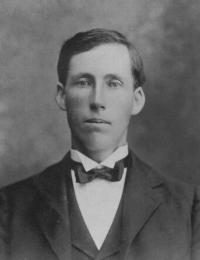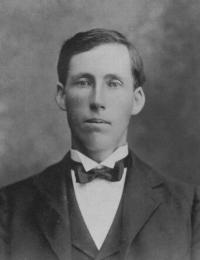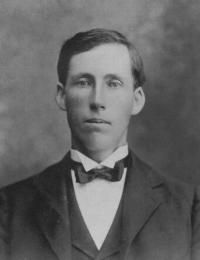Nicephorus held the office of grand logothetes, or treasurer, when he dethroned Irene. He was born at Seleucia, in Pisidia, of a family which claimed descent from the Arabian kings. His ancestors Djaballah, the Christian monarch of Ghassan in the time of Heraclius, abjured the allegiance of the Roman empire, and embraced the Mohammedan religion. He carried among the stern and independent Moslems the monarchical pride and arrogance of a vassal court. As he was performing the religious rites of the pilgrimage in the mosque at Mecca, an Arab accidentally trod on his cloak; Djaballah, enraged that a king should be treated with so little respect, struck the careless Arab in the face, and knocked out some of his teeth.
Neogreca medii aevi
George Finlay : HISTORY OF THE BYZANTINE EMPIRE FROM DCCXVI TO MLVII (part 13)
In the year 782, Haroun was sent by his father, the Caliph Mahdy, to invade the empire, at the head of one hundred thousand men, attended by Rabia and Jahja the Barmecid. The object of the Mohammedan prince was, however, rather directed to pillaging the country, and carrying off prisoners to supply the slave-markets of his father's dominions, than to effect permanent conquests. The absence of a considerable part of the Byzantine army, which was engaged in Sicily suppressing the rebellion of Helpidios, enabled Haroun to march through all Asia Minor to the shores of the Bosphorus and from the hill above Scutari to gaze on Constantinople, which must have presented a more imposing aspect than Bagdad.
George Finlay : HISTORY OF THE BYZANTINE EMPIRE FROM DCCXVI TO MLVII (part 12)
The habit of building monasteries as a place of retreat, from motives of piety, was also adopted by some as a mode of securing a portion of their wealth from confiscation, in case of their condemnation for political crimes, peculiar privileges being reserved in the monasteries so founded for members of the founder’s family. At this time Plato, abbot of the monastery of Sakkoudion, on Mount Olympus in Bithynia, and his nephew Theodore, who was a relation of the new Empress Theodota, were the leaders of a powerful party of monks possessing great influence in the church. Theodore (who is known by the name Studita, from having been afterwards appointed abbot of the celebrated monastery of Studion) had founded a monastery on his own property, in which he assembled his father, two brothers, and a young sister, and, emancipating all his household and agricultural slaves, established them as lay brethren on the farms.


